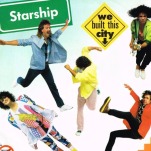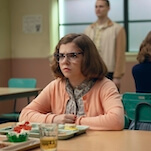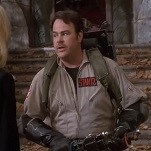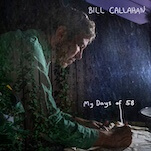The Last Cigarette

Kevin Rafferty's The Last Cigarette—a companion piece of sorts to his similarly structured clip-fests Feed and The Atomic Cafe, as well as Ron Mann's facile but entertaining pot documentary Grass—takes a bemused look at America's obsession with that other divisive smokable pariah, the cigarette. Like Grass and Atomic Cafe, The Last Cigarette draws adroitly from a seemingly endless well of historical irony, winning big (though cheap) laughs with abundant footage of soothing '50s authority figures gingerly assuring the public of smoking's safety and little-known health benefits. The film eschews narration, linear chronology, and overt editorializing, taking a skeptical, free-associative look at both the cold-blooded greed of the tobacco industry and the often strident tactics of the anti-smoking brigade. Though far from a pro-smoking screed, The Last Cigarette does at least acknowledge its enduring outlaw appeal, as well as its central, fetishized role in any number of American archetypes, from the rugged Marlboro man to the seductive femme fatale perpetually in need of a light. A textbook case of preaching to the converted, Grass turned the history of marijuana prohibition into one long game of laugh-at-the-squares. Equally glib and entertaining, The Last Cigarette follows a similar tack. But where Grass promoted a clear agenda, Cigarette finds squares to laugh at on both sides of the issue, from tobacco executives prone to Orwellian doublespeak to a nerdy scientist who uses pure nicotine to kill a mouse, illustrating both the drug's dangers and science's knack for arbitrary cruelty. In reducing America's relationship with tobacco to one long bit of gallows humor, The Last Cigarette risks trivializing the danger its subject poses. Rafferty's film mines humor and entertainment out of America's contradictory attitudes toward tobacco, although it begs criticism of his decision to laugh in the face of a force this destructive.





































